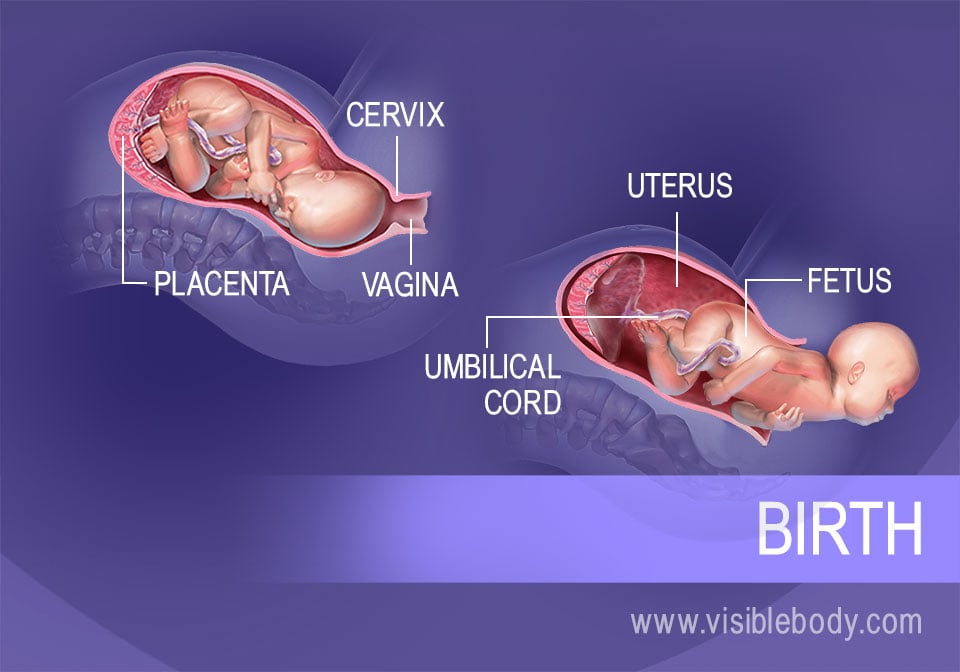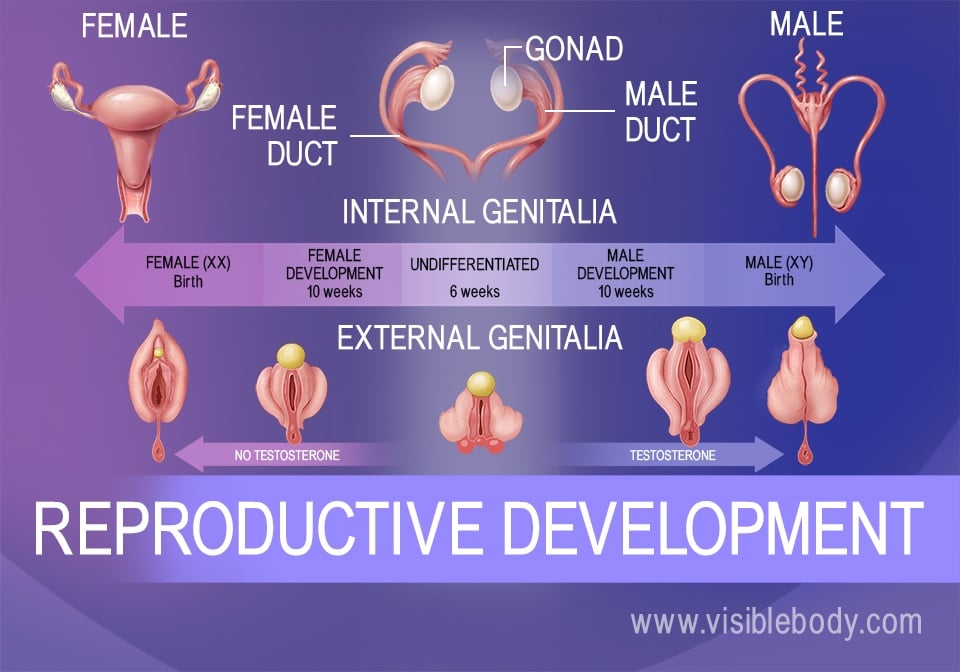Describe the Process of Human Development From Fertilization to Birth
The embryo grows and becomes surrounded by structures that provide support and nourishment. Fertilization brings together the chromosomes from each parent creating the first cell or zygote of the new human.

Characteristics Living Things Grow And Develop A Single Fertilized Egg Consists Of One Cell Characteristics Of Living Things Human Development 9 Week Fetus
In humans fertilization is an internal process which is to say it takes place inside the body of females particularly in the Fallopian tubes hence the more specific term natural or in vivo fertilization.

. The embryo first elongates to form a human. Describe the process of fertilization development and birth in human beings. The process of fertilization is tightly controlled to ensure that only one sperm fuses with one egg.
Embryo begins to move Ears eyelids and teeth buds are formed. First trimester of development Implantation takes place in the uterus Amniotic fluid that cushions the fetus begins to form Placenta begins functioning All organ systems begin to form Nervous system begins forming Heart begins beating Major muscle system is developed. A baby goes through several stages of development beginning as a fertilized egg.
Theres no apparent resemblance to the human image. First trimester The gestation period is divided into three equal periods or trimesters. Conception occurs when these cells join as the egg is fertilized.
Fertilization the joining of sperm and egg typically occurs in the fallopian tube after sperm have made the long swim up through the vagina past the cervix and through the uterus. Fertilization During each normal menstrual cycle one egg ovum is usually released from one of the ovaries about 14 days after the last menstrual period. Human fertilization is defined as the union between egg and sperm cells to cause a pregnancy.
Pregnancy begins once the fertilized egg implants in the uterus. How does the fetus develop from fertilization to birth. After fertilization takes place the zygotebegins to divide through a process known as mitosis.
Development begins at the moment of conception when the sperm from the father merges with the egg from the mother. In the oviduct one of the sperms fuses with the egg and the fertilisation is completed. Up to 24 cash back Describe the process of human development from fertilization to birth and major changes that occur in each trimester of pregnancy.
At this stage most internal organs and some external structures of the body starts building. The sperms enter through the vaginal passage travel upwards and reach the oviduct where they may encounter the egg. Answers a Fertilization Process Sperms produced by testis which travel through the epididymis sperm duct and then urethra and they are deposited in the vagina of the female by the penis during coitus.
In the first four weeks from conception fetal growth of the ovum begins with development of the spinal cord nervous system gastrointestinal system heart and lungs. Release of the egg is called ovulation. 11 Describe stages of development from conception to birth.
The menstrual cycle includes the follicular phase ovulation luteal phase and menstruation. Up to 24 cash back The uterus is prepared to receive the fertilized egg. The germ layers ectoderm mesoderm and endodermform and the blastocyst becomes an embryo.
Fertilisation takes place when the sperm unites with the egg. By 25 days from fertilisation the body is developing. During fertilization the male sperm unites with the female egg to form a zygote that develops into a fetus.
Ova eggs in woman are produced at intervals by the ovaries. After fertilization an embryo is formed within amniotic sac under uterus lining. Organs that produce sperm cells penis male organ that delivers sperm to the female body ovaries female organs that produce eggs ova oviducts or Fallopian tubes tubes that connect to the uterusfertilization occurs here uterus also known as the womb where the fetus develops cervix narrow opening to the uterus vagina known as the birth canal.
Within a span of 9 months development progresses from a single cell into a zygote and then into an embryo and fetus. The formation of the organs mostly begins after three weeks of pregnancy. In fact after the fertilization period it is called an organism.
Implantation occurs eight or nine days later. Development of the embryo. In humans fertilization occurs soon after the oocyte leaves the ovary.
At this stage of development a human being is not yet a human. BYJUS Online learning Programs For K3 K10 K12 NEET. Head and trunk appear and tiny arm buds begin to form followed by leg buds.
Because the central nervous system brain spine and spinal cord is so important governing sensory and motor functions the embryos body is designed for rapid growth of head and back. As soon as it is fertilized the egg cell zygote begins to divide until it becomes a ball of cells called blastocyst. Only one ovum is produced in turn by every ovary.
An organism does not even look like a human being. The sperms enter through the vaginal passage and travel upwards and reach the oviduct. The egg-sperm binding can be performed in the lab too.
The first stage of human development is obviously the conception. By eight weeks in the embryonic stage the face is forming arms and legs move the babys heart begins beating and the brain and other organs form. But life starts at this stage.
The egg develops into a blastocyst an embryo then a fetus. In the reproductive process a male sperm and a female egg provide the information required to produce another human being. If the egg is not fertilized it is discharged along with the lining of the uterus.
Development of embryo after fertilization to birth. The embryo divides several times as it travels. The blastula which in some species is a hollow ball of cells undergoes a process called gastrulation in which the three germ layers form.
The zygote makes its way to the uterus implants along the uterine wall and transforms into a blastocyst. Because a human egg lives no longer than 24 hours after ovulation. When an egg is fertilised it is a single cell called a Zygote in the next 24-36 hours the single cell will divide into two cells 12 hours after it will divide into four cells and will carry on dividing which forms a cluster of cells which are called a monula.
After fertilization the zygote undergoes cleavage to form the blastula. If the egg is fertilized embryonic development begins and the menstrual cycle ceases.


Comments
Post a Comment